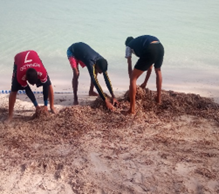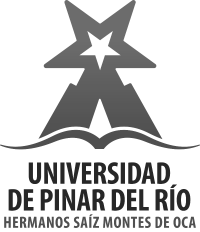Fútbol playa: donde el gol no solo es ganar /Beach Soccer: where the goal is not only to win
Contenido principal del artículo
Descargas
Detalles del artículo
Citas
Castellano, J., & Casamichana, D. (2010). Heart rate and motion analysis by GPS in beach soccer. Journal of sports science & medicine, 9(1), 98. https://www.ncbi.nlm.nih.gov/pmc/articles/PMC3737961/
De Lira, C. A., Mascarin, N. C., Vargas, V. Z., Vancini, R. L., & Andrade, M. S. (2017). Isokinetic knee muscle strength profile in Brazilian male soccer, futsal, and beach soccer players: a cross-sectional study. International journal of sports physical therapy, 12(7), 1103. https://pubmed.ncbi.nlm.nih.gov/29234562/
Fazolo, E., Cardoso, P. G., Tuche, W., Menezes, I. C., Teixeira, M. E. S., Maria de Nazaré, D; Costa, G. (2005). A dermatoglifia e a somatotipologia no alto rendimento do beach soccer-seleção brasileira. Revista de Educação Física/Journal of Physical Education, 74(1), 45-51. https://revistadeeducacaofisica.emnuvens.com.br/revista/article/view/2676
Leite, W., & Barreira, D. (2014). Are the teams sports soccer, futsal and beach soccer similar? International Journal of Sports Science, 4(6A), 75-84. https://www.researchgate.net/publication/273772600_Are_the_Teams_Sports_Soccer_Futsal_and_Beach_Soccer_Similar
Leite, W. S. (2016). Physiological demands in football, futsal and beach soccer: a brief review. European Journal of Physical Education and Sport Science. https://www.researchgate.net/publication/311675808_PHYSIOLOGICAL_DEMANDS_IN_FOOTBALL_FUTSAL_AND_BEACH_SOCCER_A_BRIEF_REVIEW
Shimakawa, T., Shimakawa, Y., Kawasoe, Y., Yoshimura, K., Chinen, Y., Eimon, K., & Ikeda, H. (2016). Beach soccer injuries during the Japanese national championships. Orthopaedic journal of sports medicine, 4(1), https://www.ncbi.nlm.nih.gov/pmc/articles/PMC4735506/


